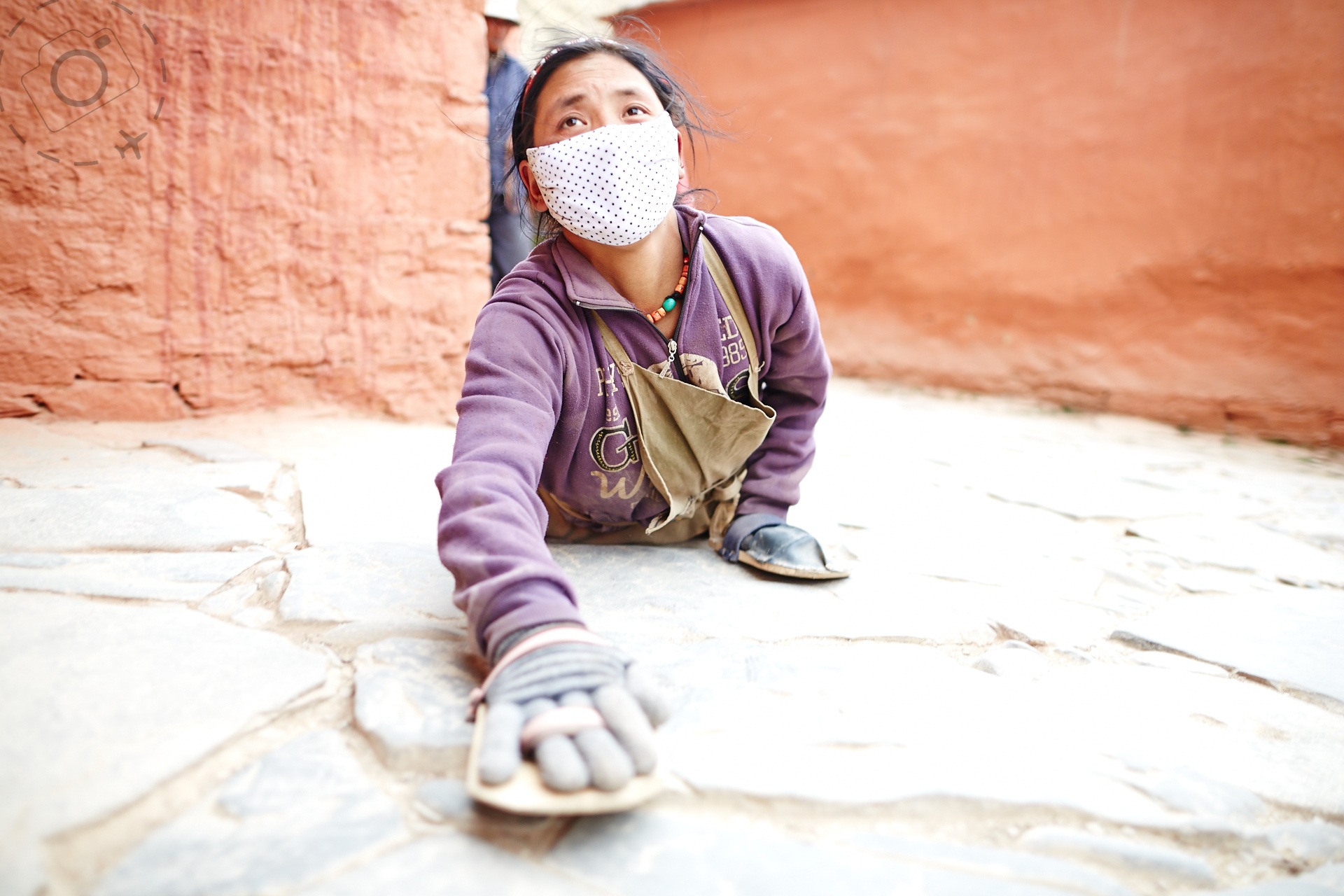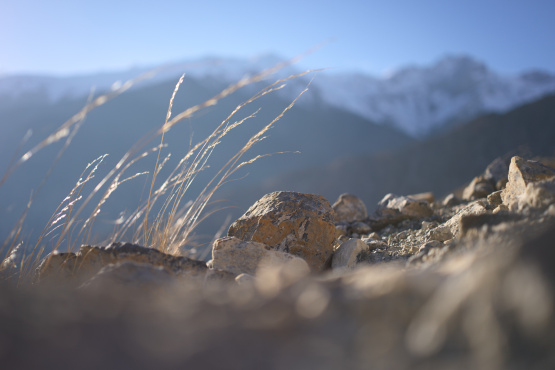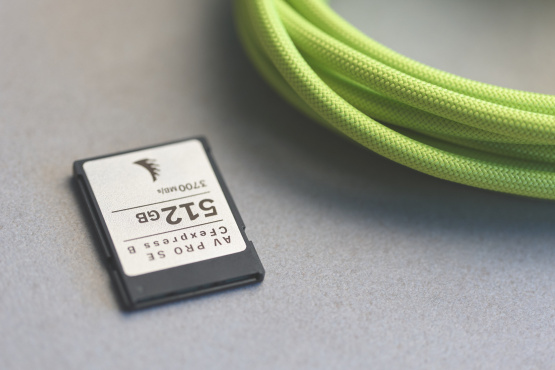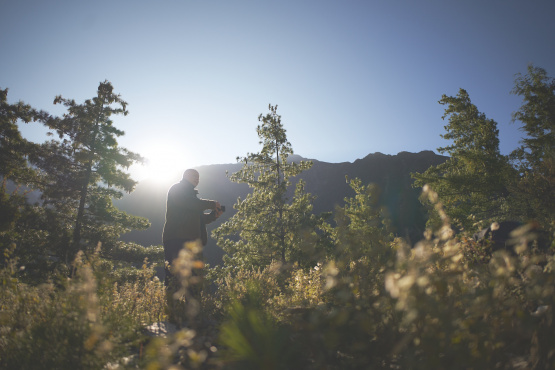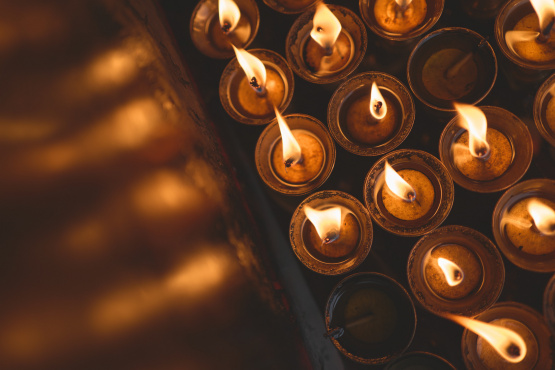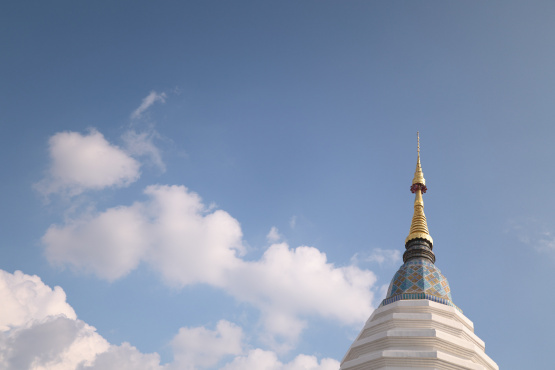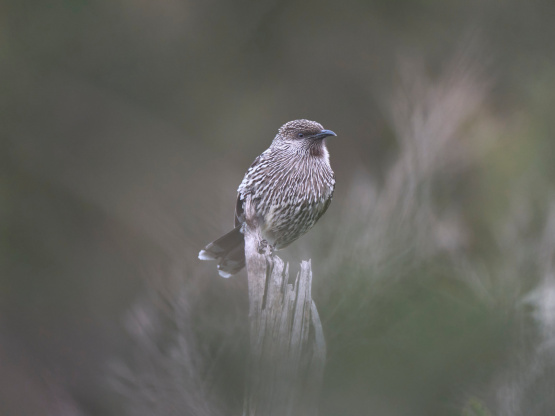"Get closer" is one of those simple pieces of advice that needs very little packaging. I'm giving credit for this nugget of truth to Andrew Wuttke, a commercial photographer in Australia who is talented, passionate and well grounded. Sitting down at a cafe in Melbourne I told him about my plans to design photography tours, and with a half expired cigarette in one hand and a caffeine hit in the other he offered this advice – "Get closer. That's all you need to tell them. It's the easiest way to make a photo better, it'll make anyone's photo better. Just get closer."
Andrew Wuttke is one of those people who has a habit of getting to the point. You don't have to write a thesis about it, just grab the tool you need and get started on the job.
I had already been following his advice of course, I just didn't know it. My early approach to travel had been to get the most out of my wide angle lens instead of trying to pick off shots with a telephoto zoom. My feeling at the time was you had to earn your shot, and the wide angle forced you to get into the scene instead of just loitering from a distance.
GET WIDER
What I discovered on my learning curve of travel photography was that getting up close to the subject changed the perspectives for your composition, opening up entirely new possibilities for expression.
Take a morning market for example, where vendors line up with their fresh produce and shoppers mill through the narrow lanes. Standing back from the action prevents me from being able to isolate one subject over another. If I walk into the laneways I can shoot with a wide lens and make vendors or buyers detailed primary subjects. I still get the depth of bustle and colour from the rest of the market into my composition, but my intimate subjects in the foreground are clearly the point of the shot.
And there is still flexibility in being up close. If I wanted a simpler image in that market, say a portrait of the vendor with a limited depth of field, I could swap to my standard lens, set the minimum F-stop and keep shooting. I'm not missing out by getting in there.
When you get up close your subject becomes aware of you and the camera, you ask for consent to take photos, and the connection between photographer and the subject can evolve. In some cases the subtle moment of a scene will be erased by your presence, but in some cases a pallid ambiance is enlivened with the excitement of photographic interest.
The camera changes everything.
GET INVOLVED
For me the unexpected benefit of getting closer was not only better options for composition and context, but I found myself socially involved in the scene itself. In time I came to understand that you have to be involved, because the emotive value of the image is determined by how much of yourself is invested in the shot. As discussed in the chapter on Portraits, being present within the shot doesn't mean you can't shoot candidly either – it just means you have to earn your shot instead of stealing it.
Being part of the scene is a challenge for many photographers. A good many of us took an interest in the art because we like hiding behind the lens rather than posing in front of it. I have met a handful of highly extroverted travel journalists in my time, and their outgoing nature is a gift to their craft. A natural eagerness to connect with strangers, to establish a dialogue or simply be the centre of attention does wonders for your photography. It can generate moments and inspirations that flow from these genuine interactions.
My personality, however, was never so gregarious. My desire to engage with strangers is tempered by shyness. I have had to push beyond my natural comfort zone in search of those connections.
A tendency to be reserved has not necessarily been to my detriment, it just means I get a photograph with a different kind of connection and present a different quality of presence. Compared to my more extroverted colleagues I find my images tell stories that are a little more subtle, a little more detailed and in some cases a little more genuine. There is a danger with strong personalities that their own presence dominates the frame more than the subject. The photographer should always be present in their work, but the story belongs to the subject.
Even the father of modern photojournalism, Alfred Eisenstaedt, revealed in an interview late in his career, "I'm a very shy man when I don't have a camera, otherwise I'm not so shy...I don't like when people look at me, I like to be like a little mouse in a mouse hole."
Eisenstaedt was a master of the candid image, a natural result of his tendency to blend into the background and be the observer rather than the observed. But he always did so by getting right into the thick of things.
GET PERSPECTIVE
Getting closer also makes it possible to get new perspectives, especially with a wide angle lens in hand. A tilt to one side, a lurch from down low or pointing down from up high – all these minor adjustments can yield really different perspectives for your compositions. A different angle on your subject can help emphasise a different aspect of your subject.
The alternative to "get closer" is to stand back and shoot long. The geometry alone of shooting with a telephoto lens limits the range of expression you can achieve, and you are restricting your perspective to an especially narrow scope. Those subtle moments you wanted to take care not to disturb are now distant and intangible, while the depth and details of the moment are rendered flat by the lens. Your ability to discern such moments is challenged anyway, because from a distance the character and individuality of your subject is unknown.
Telephoto lenses are good for wildlife and sports, not culture and people.
"Get closer" is a physical necessity. Photography is an act of expression, which requires you have some meaning to express. How much meaning can your images reveal of a subject you haven't met?
"Get closer" pushes you towards a standard or wide angle lens. These are the tools of trade for travel, as they embrace the perspective of the eye or take it a few steps further. Whenever you find yourself not using the widest possible angle for your lens, you need to stop and ask yourself why?

Keep Reading
Join Ewen's newsletter for monthly updates on new photography articles and tour offers...Subscribe Here

